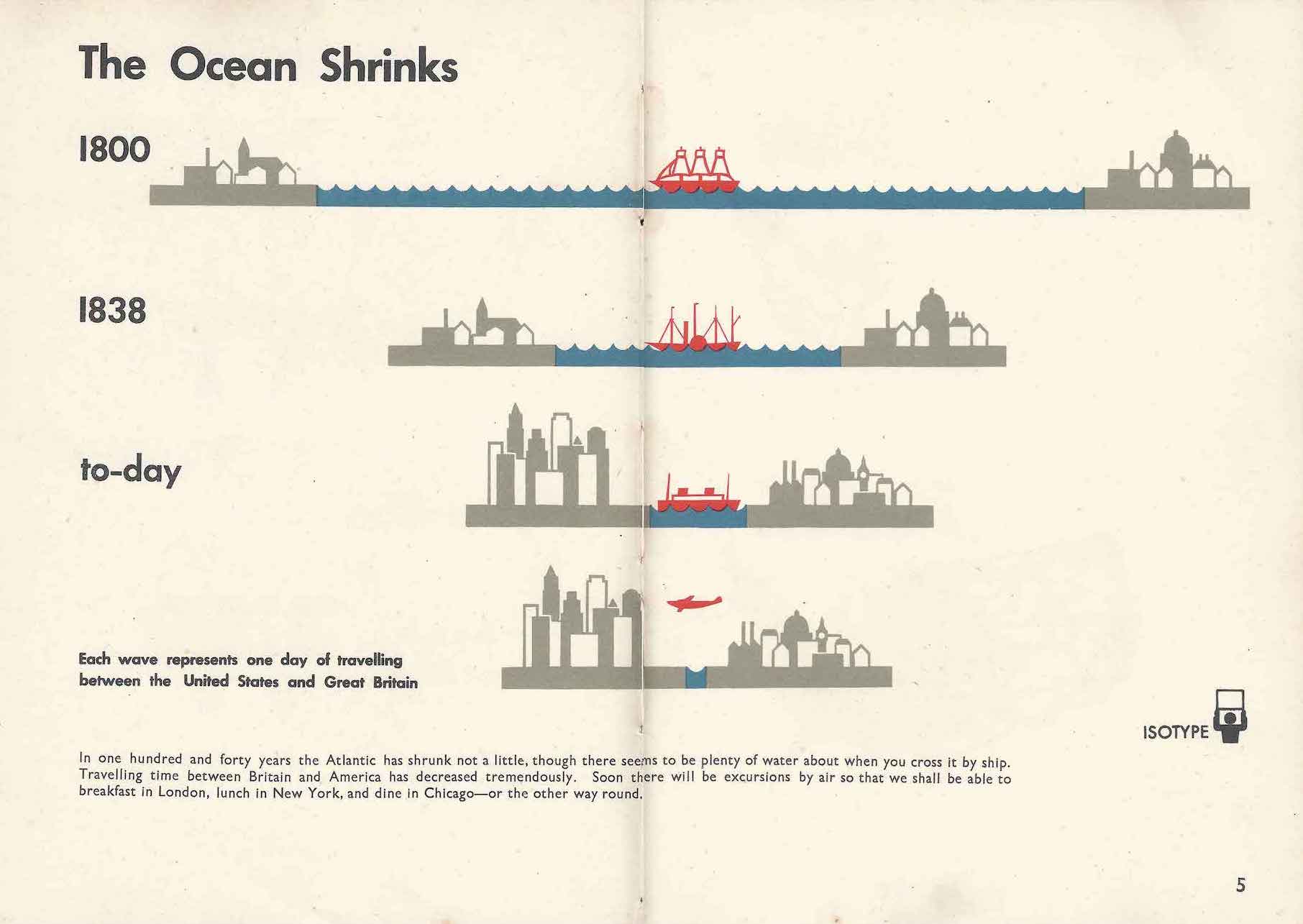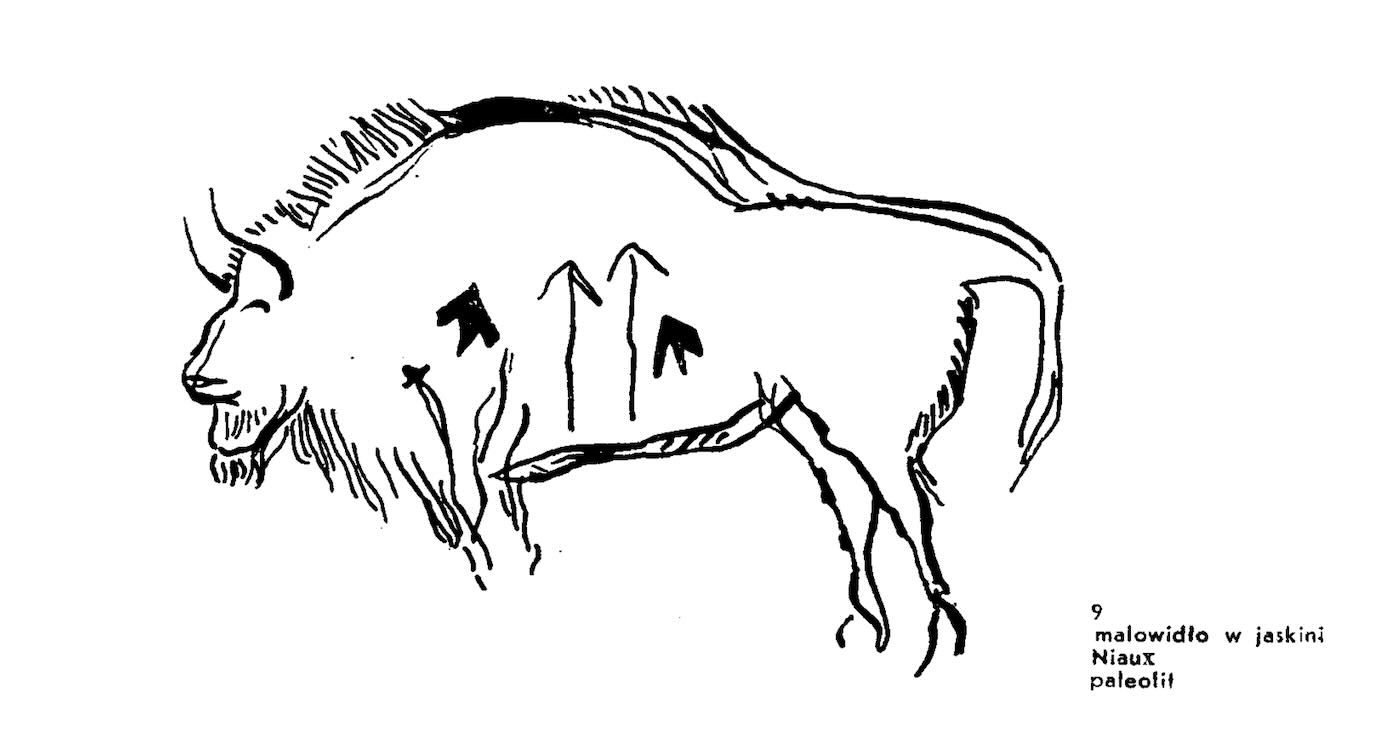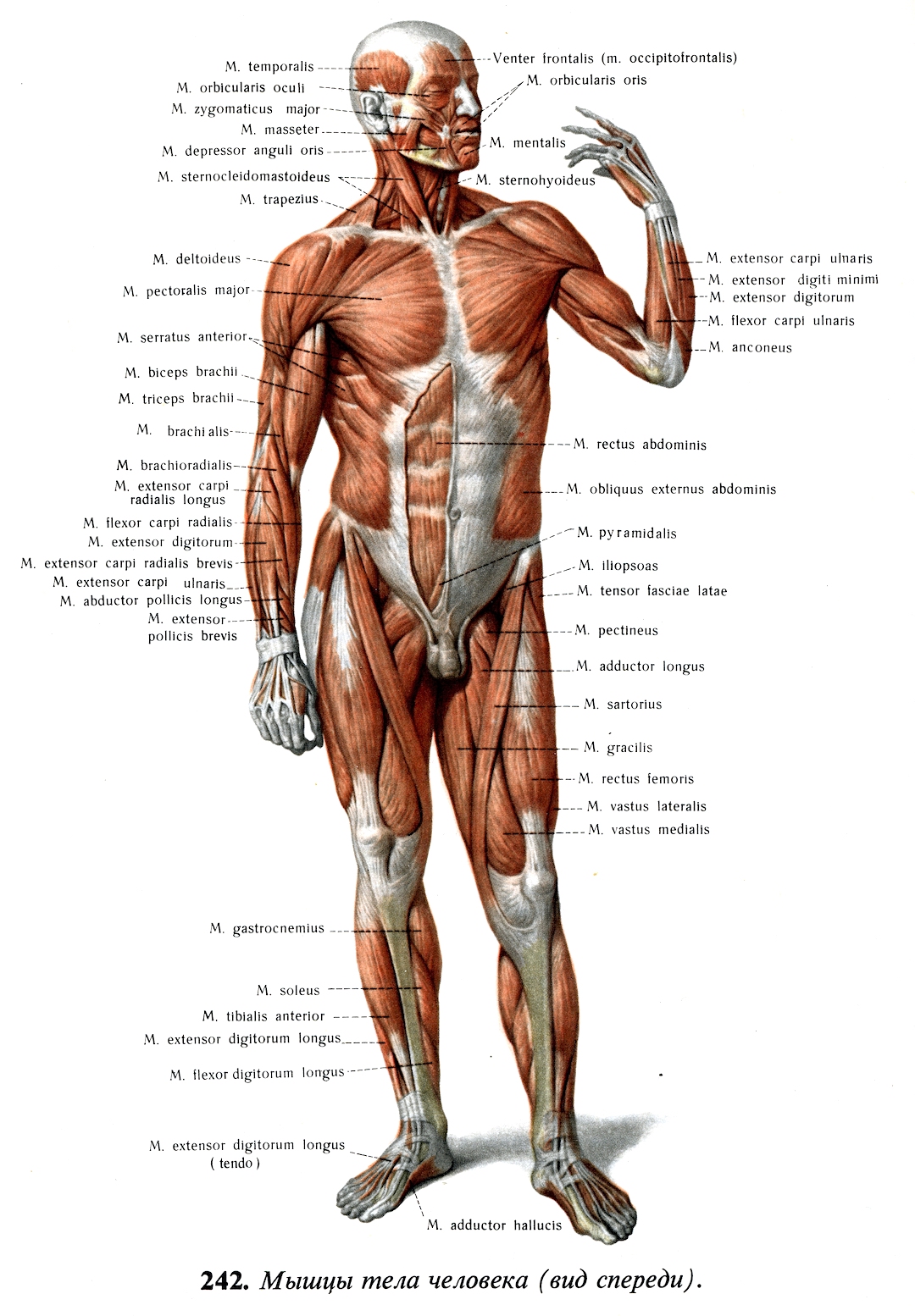I've been inspired by these people and their work:
Radical Candor
I revisit Kim Scott's Radical Candor regularly to re-align my compass on things that are important to me in being a UX leader. Kim's advice to care personally and challenge directly (illustrated by vivid anegdotes from her own career in tech companies) has shaped my approach to leadership and management.
Medium
The best thing about Medium is the diversity of opinion on product design, UX, and design leadership. My favourite authors include: Intercom, Nikki Anderson, Jared M Spool, Matt Ström, Matt Griffin, Cassie Kozyrkov, Buster Benson, Thomas P Seager, and the Chan Zuckerberg Science Initiative.
Isotype
Isotype's visual style, ingenious charts, and clever narratives have always been an inspiration for me in my work with data. But only after reading The Transformer, I also appreciated the value of the process that Otto and Marie Neurath established to distill something complex into something playful.

Only An Ocean Between by L. Secor Florence with 18 charts designed by the Isotype Institute.
James King and Science Practice
I've been lucky to have James as a friend and a mentor since 2011 when I started working with him at Science Practice. For almost 8 years I've been able to grow beside him as a designer and a leader, learning to apply a design mindset to various domains.
Adrian Frutiger
I read Der Mensch und Seine Zeichen in Polish (sadly, no English translation). Frutiger's analysis of the visual language — including typography, iconography, and layout — inspires most of my design work to this day.
Theory of Vision
In his groundbreaking Theory of Vision, Władysław Strzemiński described the evolution of human vision not only as a sensory apparatus, but also as one of our cognitive faculties. Strzemiński's expanded definition of what it means to 'see' and to 'reason' using visual stimuli remains a revelation for me.

Bison with arrowheads — cave painting from Niaux, France, paleolithic period. Re-drawn by W. Strzemiński.
Scott McCloud
I recommend reading Understanding Comics to anyone interested in visual communication. Two things that made a lasting impact on me are McCloud's explanations of image transitions and the 'reality-meaning-abstraction' pyramid.
Edward Tufte
Reading Tufte's The Visual Display of Quantitative Information shaped the way I approach and think about visual information. Although strongly rooted in the print medium, most of Tufte's observations still apply to the digital context.
R. D. Sinelnikov
I grew up in a family of medical doctors, surrounded by medial handbooks from the earliest years of my life. There was one book in particular that I loved browsing and that, for me, for the first time brought together the concepts of the life sciences and arts: Sinelnikov's Atlas of Human Anatomy.
